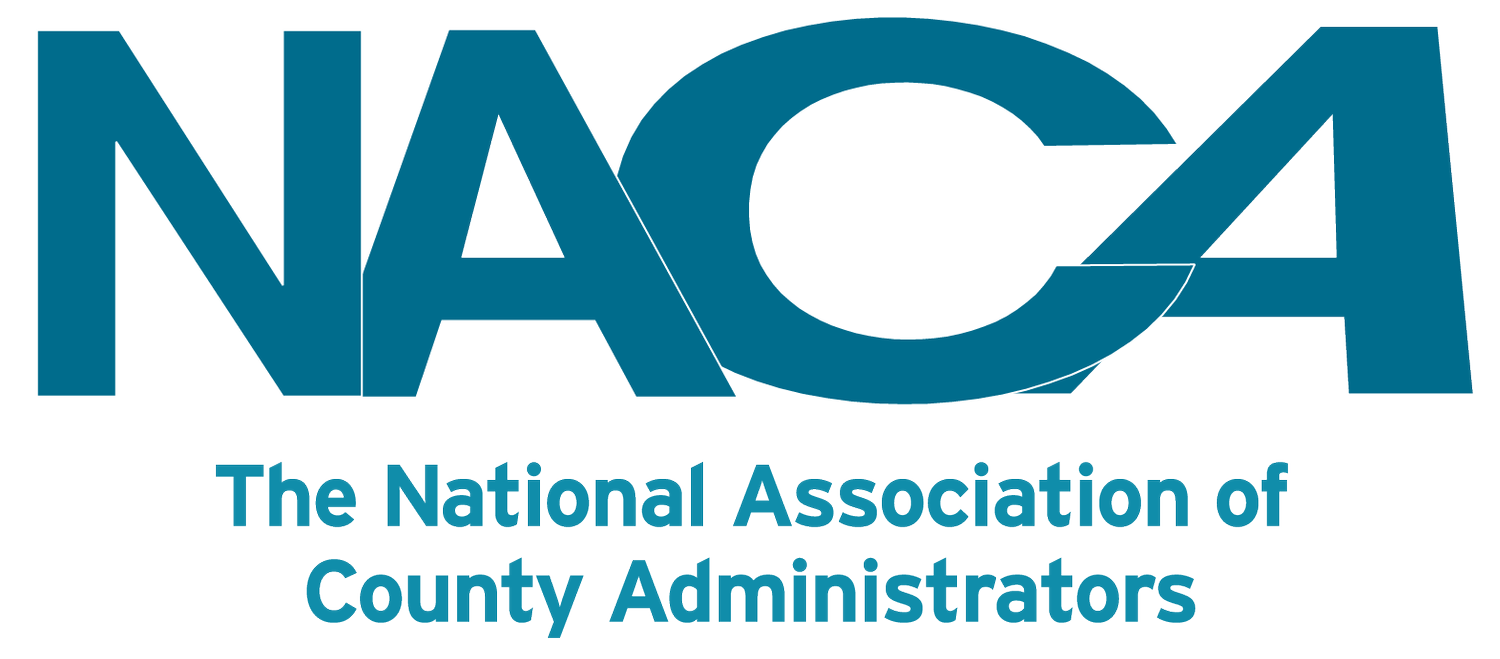Strategies for Recruiting and Retaining Younger Public Sector Workers
Recruitment and retention of a talented and diverse next generation of public sector workers remains a critical need — and challenge — for state and local governments. Some of the key challenges include impending retirements, hard-to-fill positions, and forging connections with younger workers.
In the spring of 2023, MissionSquare Research Institute conducted a survey with Greenwald Research of 1,000+ full-time state and local government employees aged 35 and under. The survey assessed motivations for working in the public sector, attitudes about current finances and financial outlook, views on employer benefits, thoughts on retirement, morale and job satisfaction, and retention issues. Survey results are detailed in the research report, 35 and Under in the Public Sector: Why Younger Workers Enter and Why They Stay (or Don't), and in a video highlighting key findings.
Results indicate that younger state and local government workers have frequently had prior experience working in the public sector, whether in another public sector job, or doing part-time or seasonal work. Job security, work/life balance, health insurance, and the personal satisfaction from the job tend to be the top factors that drew them to a job in the public sector.
Many respondents expressed positive morale regarding their job, and are particularly satisfied with their job security, their ability to serve their community, and the quality of their colleagues/co-workers (see Figure 1). The majority also believe that the benefits compensation they receive is competitive with the labor market.
Figure 1 - Satisfaction with Job Elements
At the same time, these younger workers are experiencing a range of financial concerns and report high levels of stress in the past six months. While many are offered (and participate in) an employer’s defined benefit or defined contribution retirement plan, and feel they generally have a good understanding of how their retirement and health care benefits work, they would still be interested in additional information and education about these topics.
Respondents want to be employed at a workplace that improves communities, has strong team dynamics, has a culture of intellectual engagement, and aligns with their values. Important considerations also include seeing the direct impact they are having, and being part of a workplace that is mindful of creating an inclusive and welcoming environment for all identities (see Figure 2).
Figure 2 - Importance of Characteristics at Place of Work and If You Think Characteristics Is True of Your Current Employer?
These workplace characteristics, however, do not take the place of competitive wage compensation, an issue that is causing many respondents to be considering changing jobs in the near future (see Figure 3). While some are looking to stay in the same line of work but with a different employer, 21% of those considering a job change want to leave the government sector entirely.
Figure 3 - Job Changes You Are Considering in the Near Future
Overall, nearly half of respondents would be very or extremely likely to recommend a career in public service to a friend or family member. And more than half report that they intend to remain in public service for a long time, or until they retire. When asked to think about the words that best describe someone who is the best fit to work in the public sector, the most commonly listed words were caring, compassionate, empathetic, and understanding.
So, what can state and local governments do to recruit (and keep) the next generation of public sector workers?
Tips on attracting and retaining younger workers include:
· Increasing compensation
· Showing appreciation and recognition
· Providing financial wellness resources
· Prioritizing employee mental health and well-being
· Emphasizing employee impact on community
· Implementing workforce diversity, equity, and inclusion initiatives
· Fostering employee development and succession planning
See the full report for further details on each of these strategies.
As public sector employers look to attract and retain younger workers, states and localities that work to address the needs and preferences of the next generation of workers will be well-positioned to thrive in the competition for talent. In turn, they will be able to continue providing high-quality, critical public services to the community at large.
By Rivka Liss-Levinson, Ph.D., MissionSquare Research Institute



